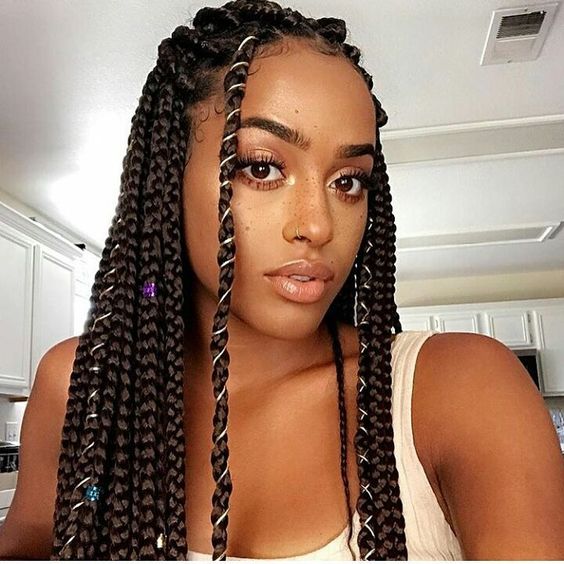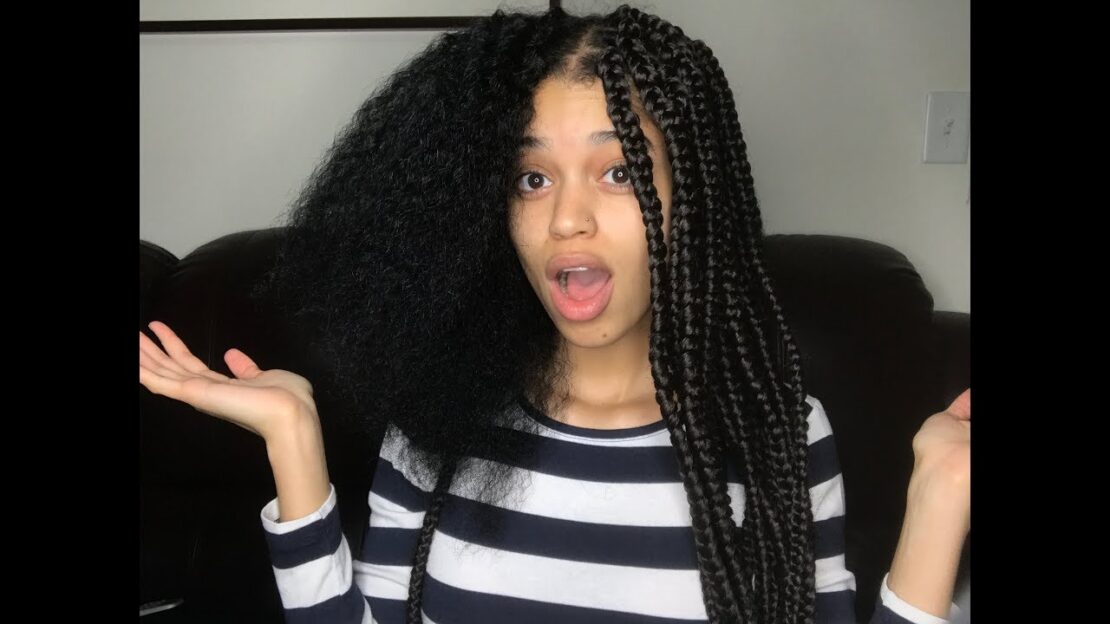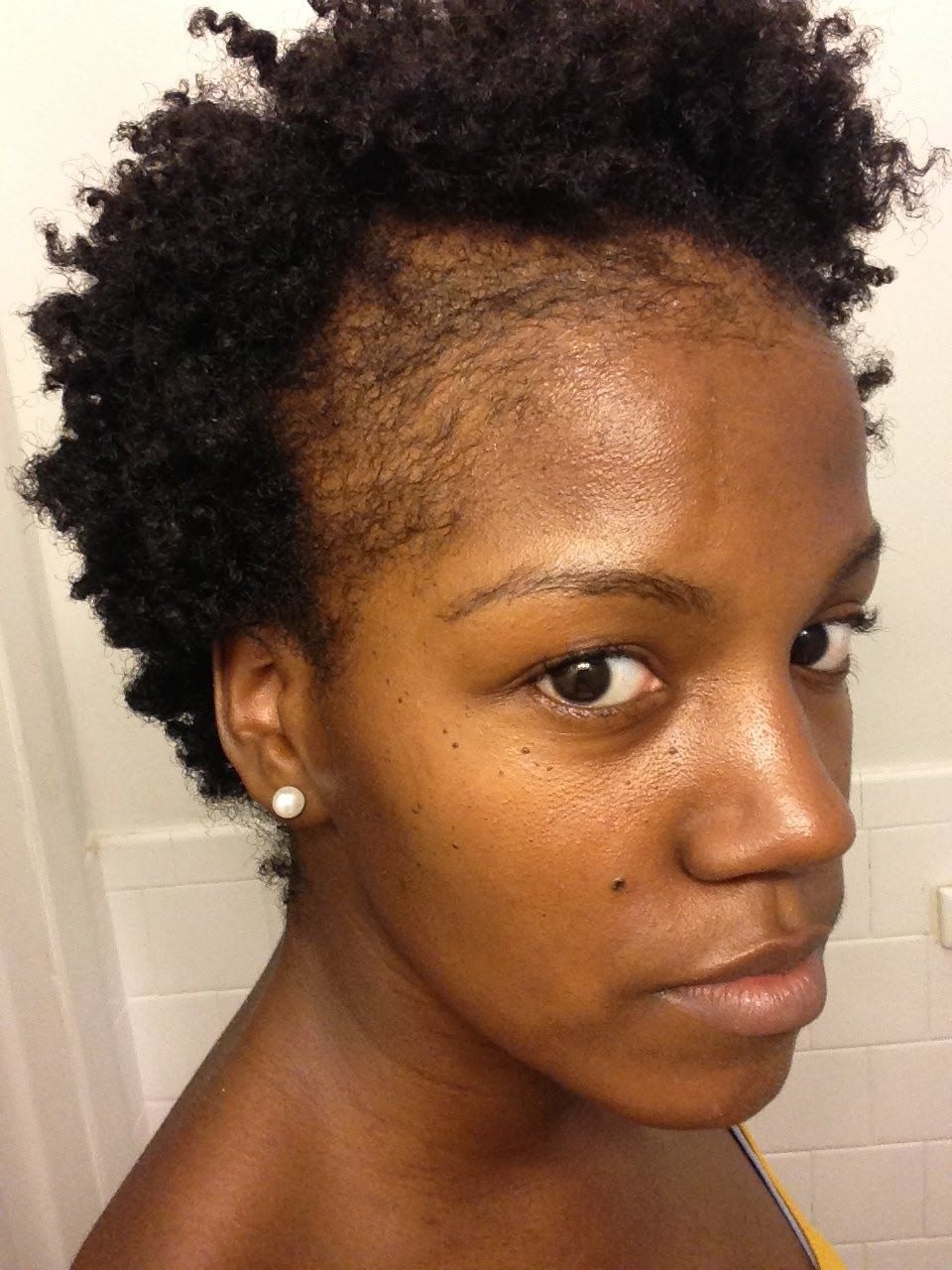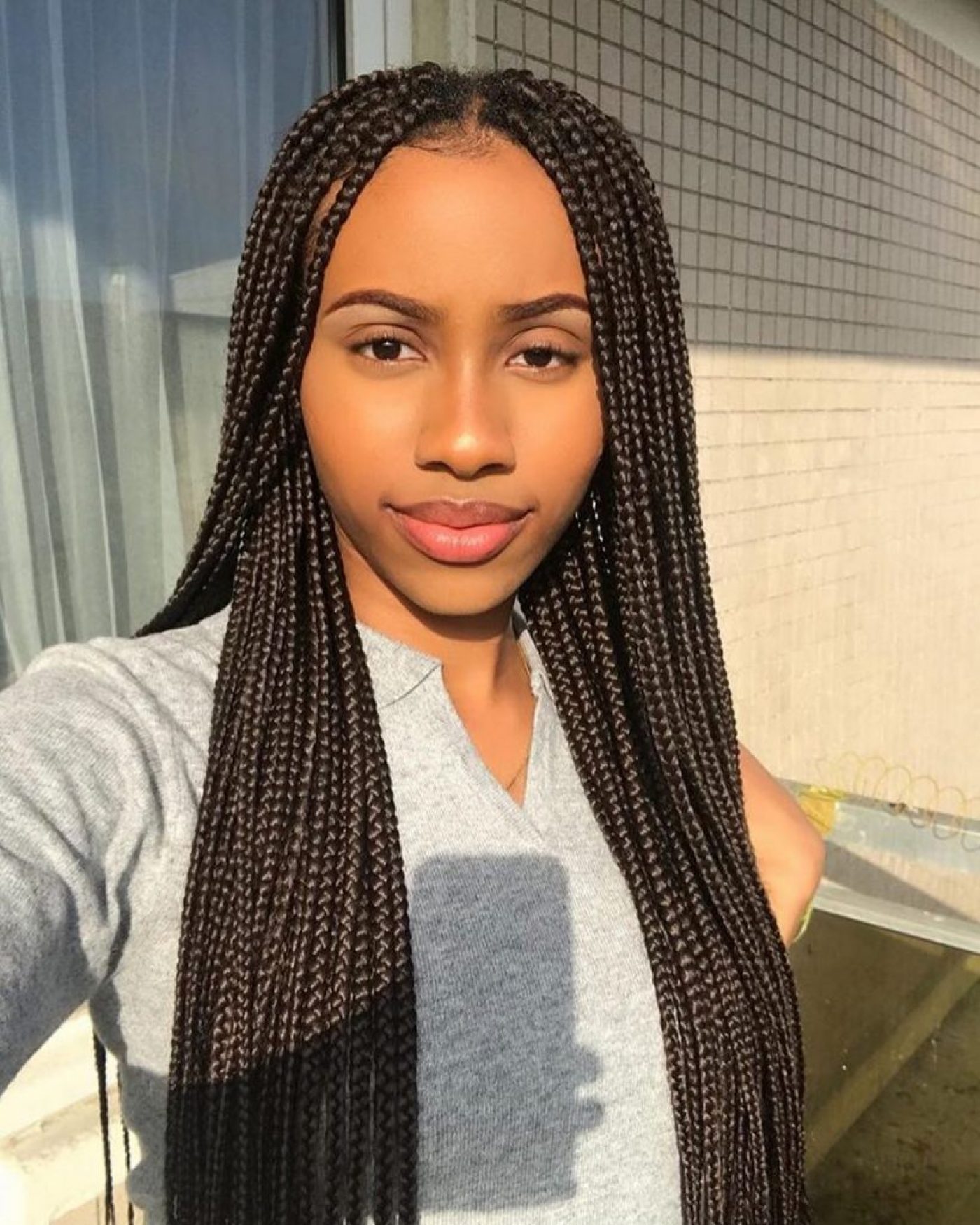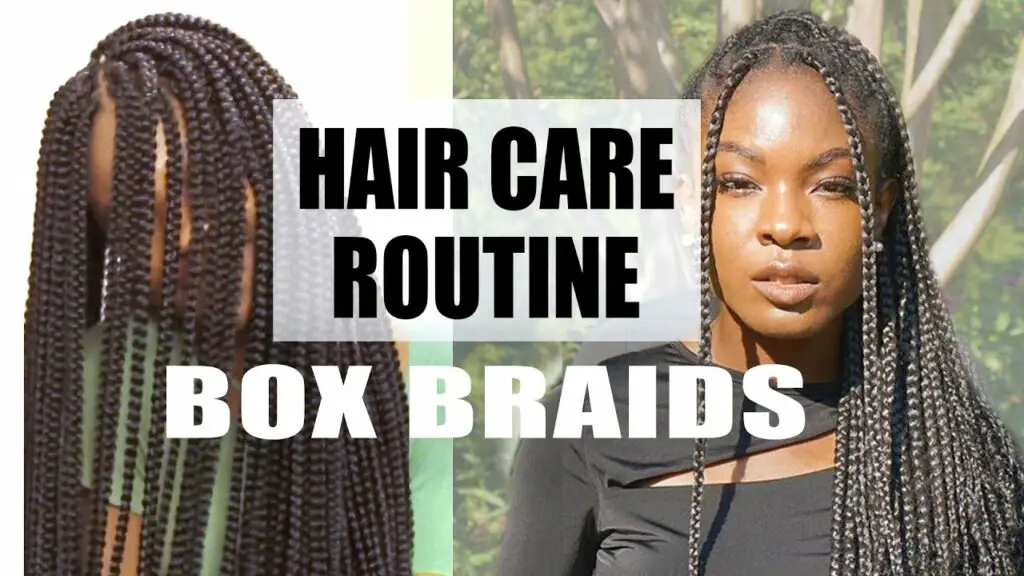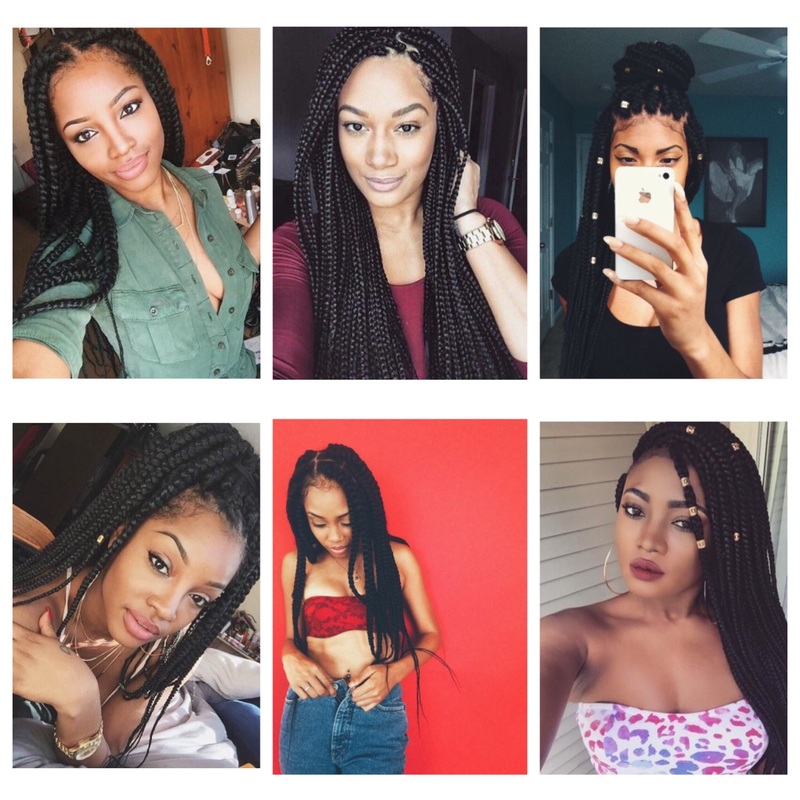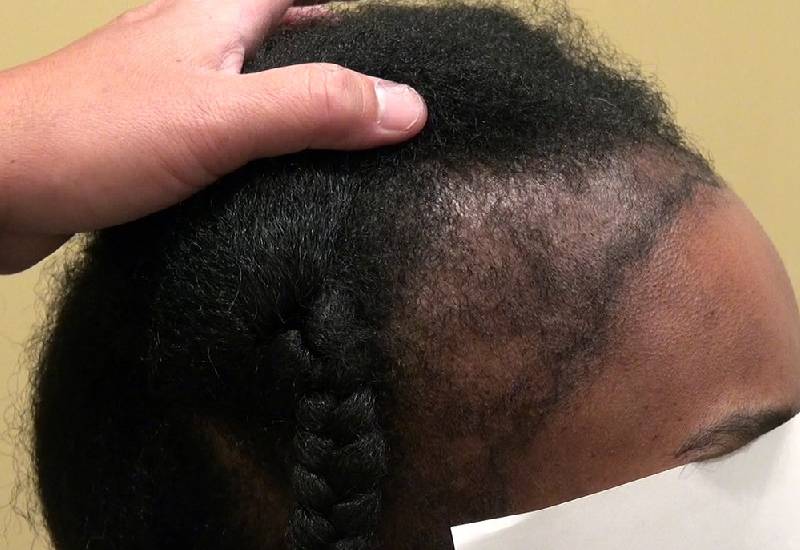Great Info About Do Braids Damage Your Hairline Kim Kardashian Bob Hairstyles
Do not wear your braids, twists, cornrows, weaves and other similar hairstyles for too long.
Do braids damage your hairline. Like all things, braids have the potential to damage your hair if you’re not careful. If you want a hairstyle that will keep your hair out of the way, opt for a loose braid. Tight braids and hairstyles that cause tension can also lead to breakage.
Here you’ll find 10 common hair care practices that can damage hair and dermatologists’ tips that can help you to stop the damage. The good news is that simple changes can prevent further hair damage. If we continue to damage our hair, we may eventually see thinning hair or even bald spots.
You can opt for a single braid like in this inspo photo, or try french braid pigtails. We share a few tips to help you regrow your hairline after braids. Loose braid hairstyles.
To reduce the constant pulling, you can: Can braids damage my hair? Braided hairstyles are great for protecting your hair, but they're not so gentle on your edges.
Whether they're twists, dread braid twists, crochet braids, or bantu knots, having them for months on end can damage your hairline and result in hair breakage. Traction alopecia can be reversed if. Heat, especially when used excessively, can break the hair's internal bonds and open the outer cuticle, leading to split ends and damage.
You can develop traction alopecia if you often wear your hair in a tight ponytail, bun, or braids, especially if you use chemicals or heat on your hair. Opt for larger, looser braids: Before braiding your hair, be sure to detangle the sections properly.
Often the kind of damage caused by braids is due to the method of braiding. This undue stress on the hair follicles can cause weakening and even lead to traction alopecia, a form of hair loss that is often difficult to reverse. If you’re a man who frequently wears your hair in braids, cornrows, twists, dreadlocks, or any type of tight ponytail or bun, you can develop a thinning or receding hairline and possibly traction alopecia.
There is no secret potion that can return them. A professional braider will understand the importance of not braiding too tightly. After all nobody will really see them.
Here are a few ways that wigs can cause devastating damage to your natural hair: We know this is not the tip you want to read after sitting in your braider's chair for hours, but you should remove braids that cause little bumps on your scalp. By using hair accessories like silk scarves and headbands, you can add an extra layer of protection and minimize the risk of hair loss.
Loosen braids, especially around your hairline; The best type of braids to get if you want to limit your hairline damage are box braids. Wearing your natural hair in a tight hairstyle to create a secure base for a wig can put a strain on the hair and scalp, leading to breakage.



